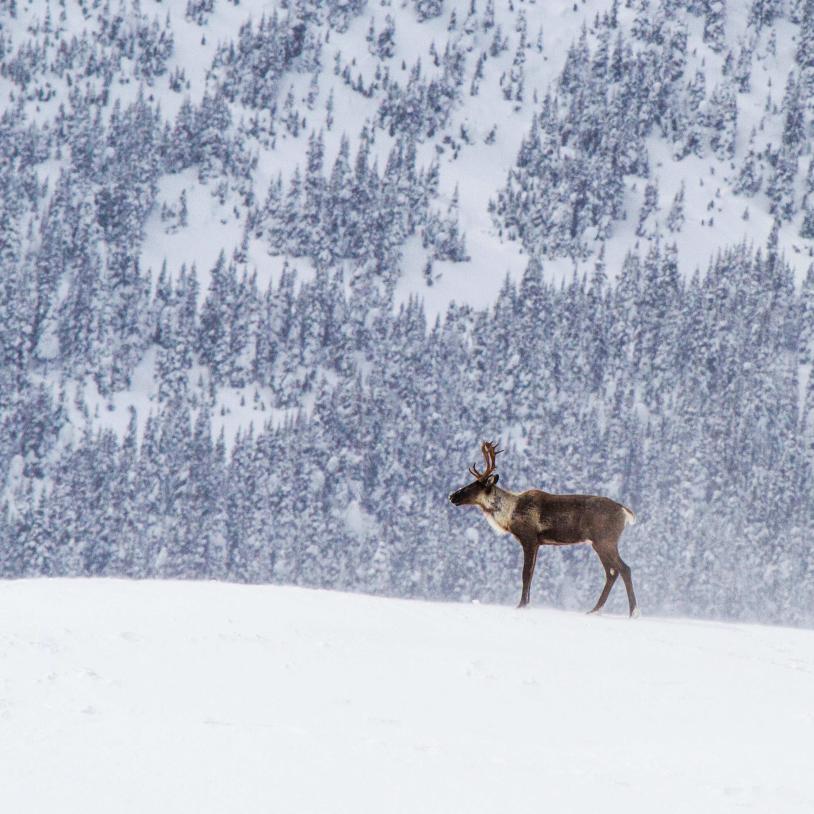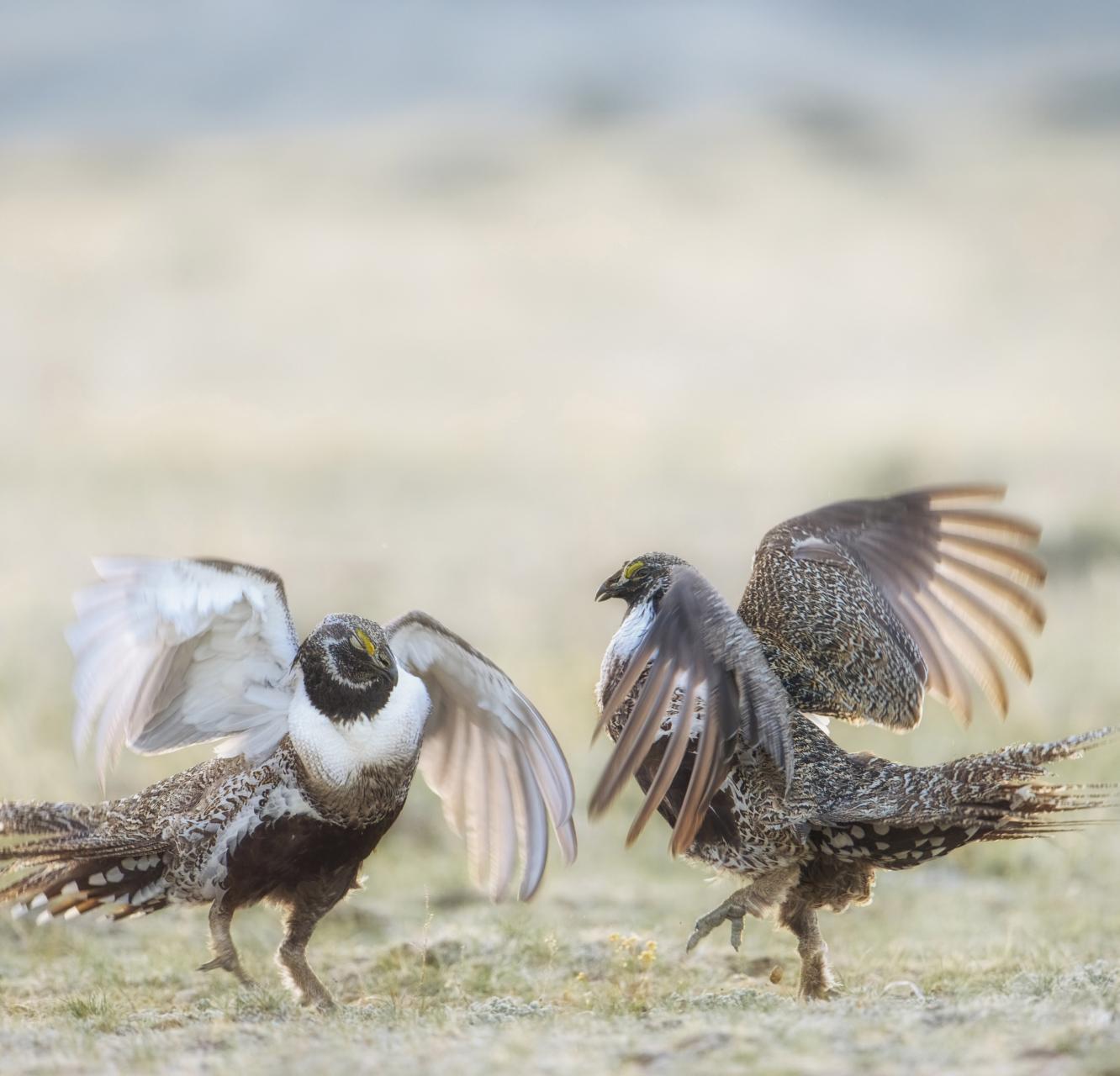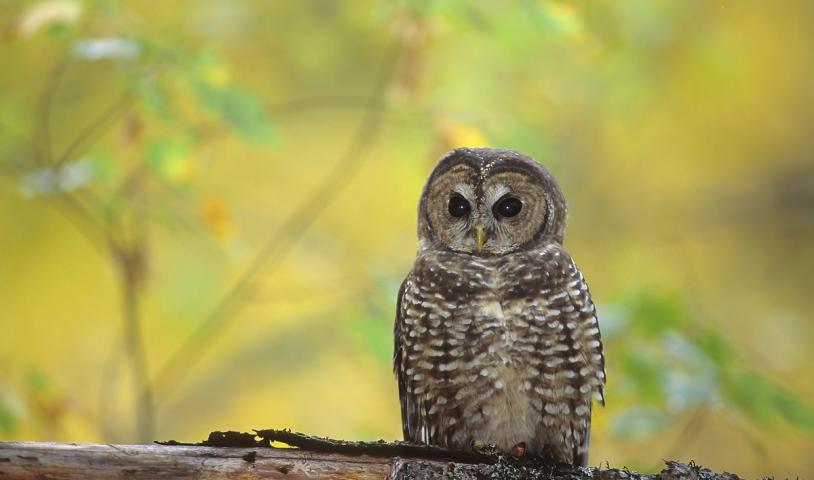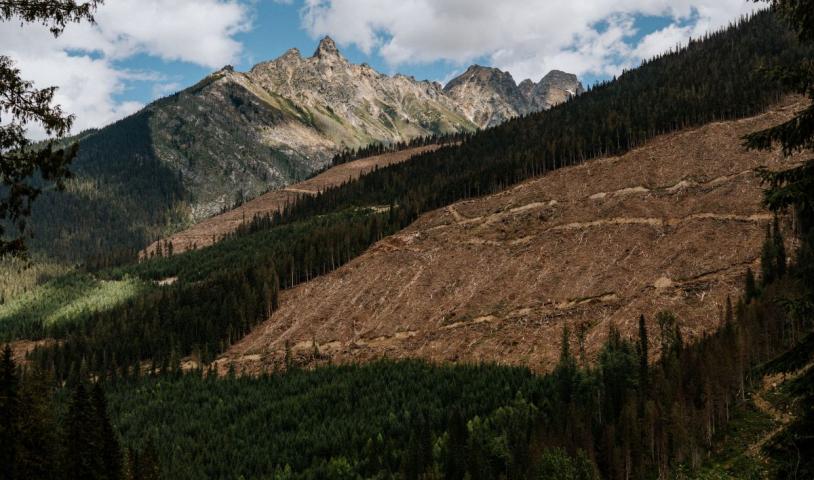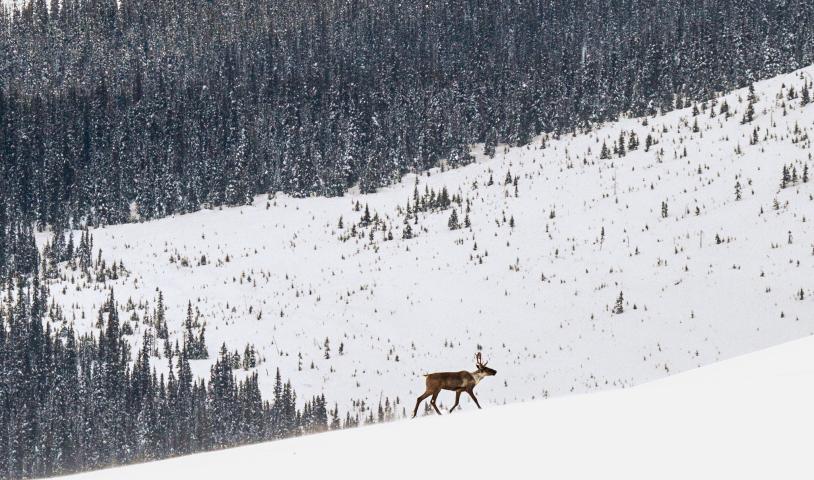Report calls for coast‑wide salmon strategy
Thursday, April 30, 2009CNEWS
By STEVE MERTL
Wednesday February 22, 2006 at 03:10 PM
VANCOUVER (CP) - At least 38 sockeye runs on the West Coast qualify for endangered status under federal guidelines, says an environmental group in a report sounding another alarm about British Columbia's famed salmon stocks.
The Sierra Club of Canada's B.C. chapter released a report Tuesday recommending, among other things, a coast-wide conservation strategy aimed at maintaining sockeye's genetic diversity, better stock assessments and reorganizing commercial fisheries to target specific stocks.
The report also calls for more involvement in fisheries conservation by First Nations people and the creation of new conservation benchmarks that would automatically trigger the listing of endangered populations.
A Department of Fisheries and Oceans scientist whose work provides much of the basis for the report says the department is already doing much of what's recommended.
Sockeye are the most abundant and most diverse salmon species on the West Coast - with more than 150 distinct runs - and the most important for the fishing industry.
But they've been under pressure due to natural environmental shifts, global warming and, to a lesser extent, fishing, the report says.
Sockeye from Cultus and Sakinaw lakes were reviewed for listing under the Species at Risk Act.
But then-environment minister Stephane Dion decided against it in 2004 because of the potential impact on the fishing industry and First Nations of listing the relatively small runs that are indistinguishable from other sockeye they swim with.
Instead, Dion said aggressive recovery measures would be implemented under the Fisheries Act.
But the Sierra Club report says the threatened Cultus and Sakinaw lake sockeye are the tip of the iceberg.
"In B.C., there is a large number (at least 38) sockeye populations that are below 25 per cent of their baseline levels," which make them candidates for endangered status, the report says.
It calls for more sockeye stocks to be assessed and listed as endangered.
Scientist David Levy, the report's author, said population benchmarks contained in Fisheries' new wild salmon policy do nothing more than raise a warning flag.
"There's no commitment on the part of government or anyone else to do anything," he said in an interview.
As well, the department's often-criticized counting methods don't give an accurate assessment of the health of individual runs, some that number less than 1,000 fish.
"There's a high number of populations that are unknown," Levy said. "Never mind defining triggers, we just don't know how many fish are there, period."
While the lucrative Fraser River sockeye runs - closed to commercial fishing last summer - have gotten the most public attention, the problem extends to runs all along the coast.
"We can't afford to let them go down the drain because we're going to lose our genetic diversity," said Levy.
But a senior Fisheries scientist said the department's wild salmon policy does address the issues raised in the report.
"Much of what is here is a), recognized because we've done a lot of the work and b), we don't disagree at all with the notion of developing conservation strategies," said Brian Riddell from Fisheries' Pacific Biological Research Station in Nanaimo, B.C.
Riddell's 2004 sockeye inventory forms the foundation for Levy's report.
"I'm not going to disagree with myself," he said.
But the steps Levy recommends are largely in hand, said Riddell.
For instance, he said there's no need to set a new benchmark that would automatically trigger endangered status for a given sockeye population.
"The lower benchmark in the wild salmon policy is much more precautionary than they imply," said Riddell.
There are legal ramifications to an endangered listing that people find threatening, he said. The department's salmon policy is based more on acting ahead of that and co-operating with fish user groups.
